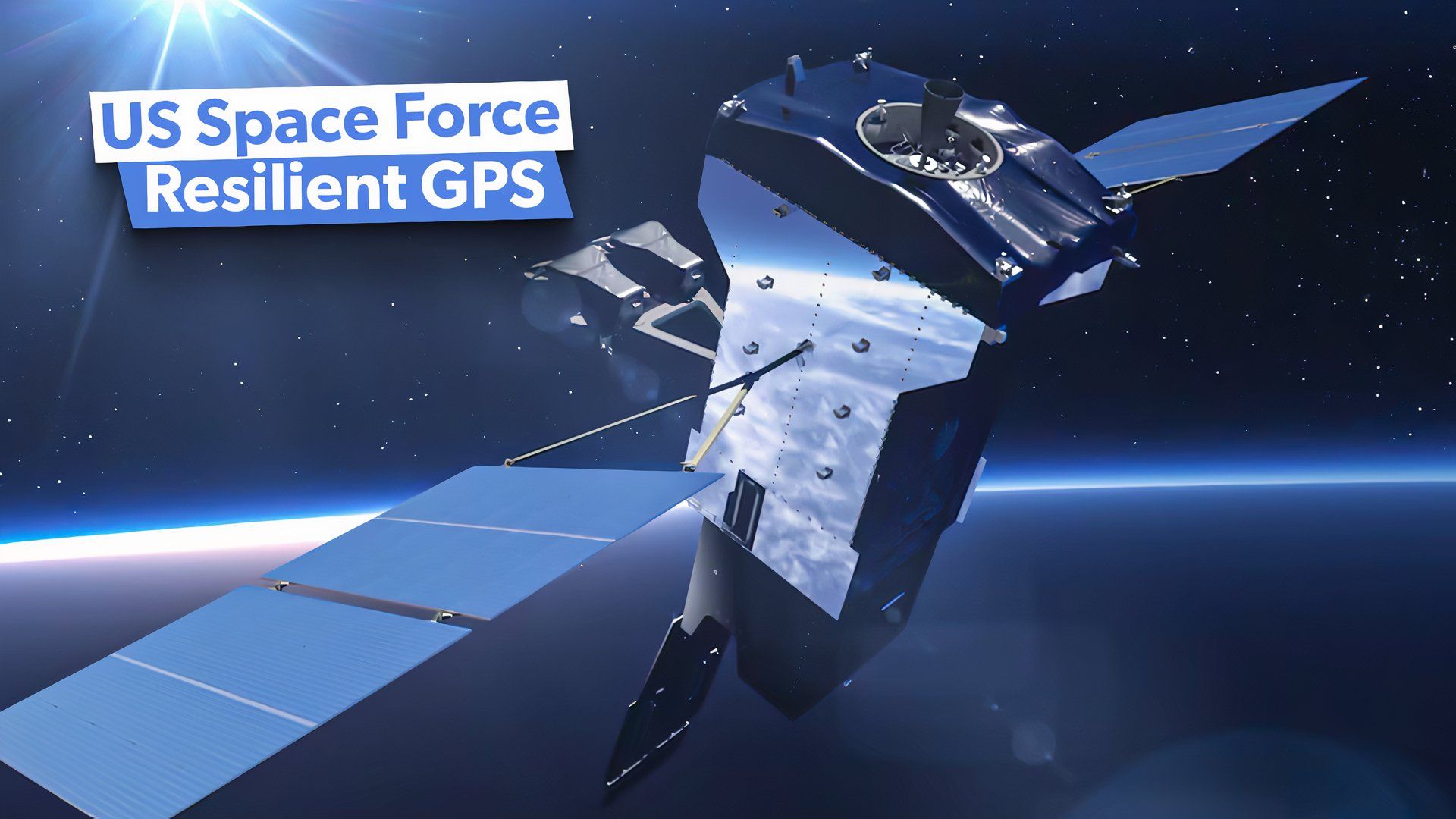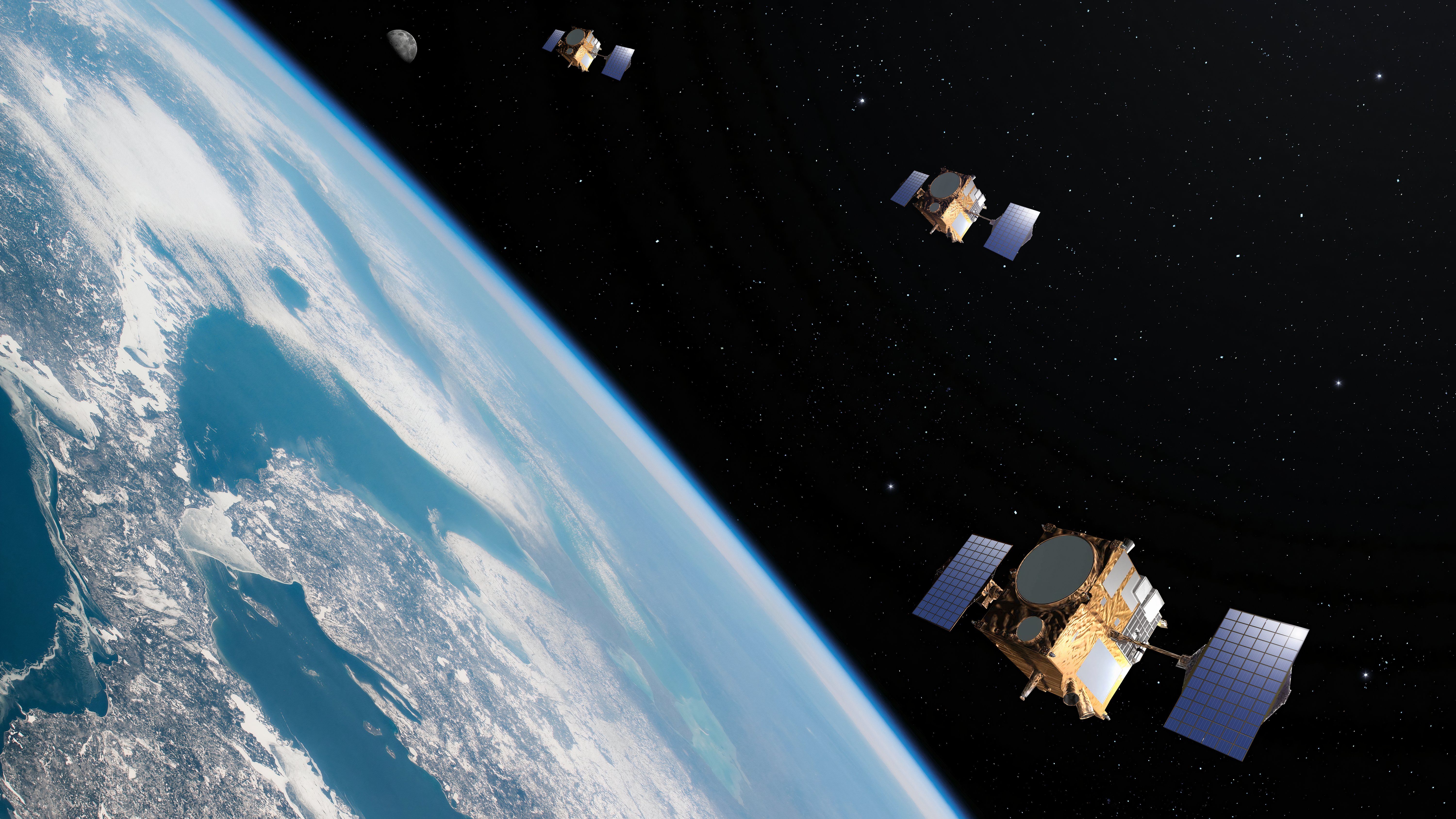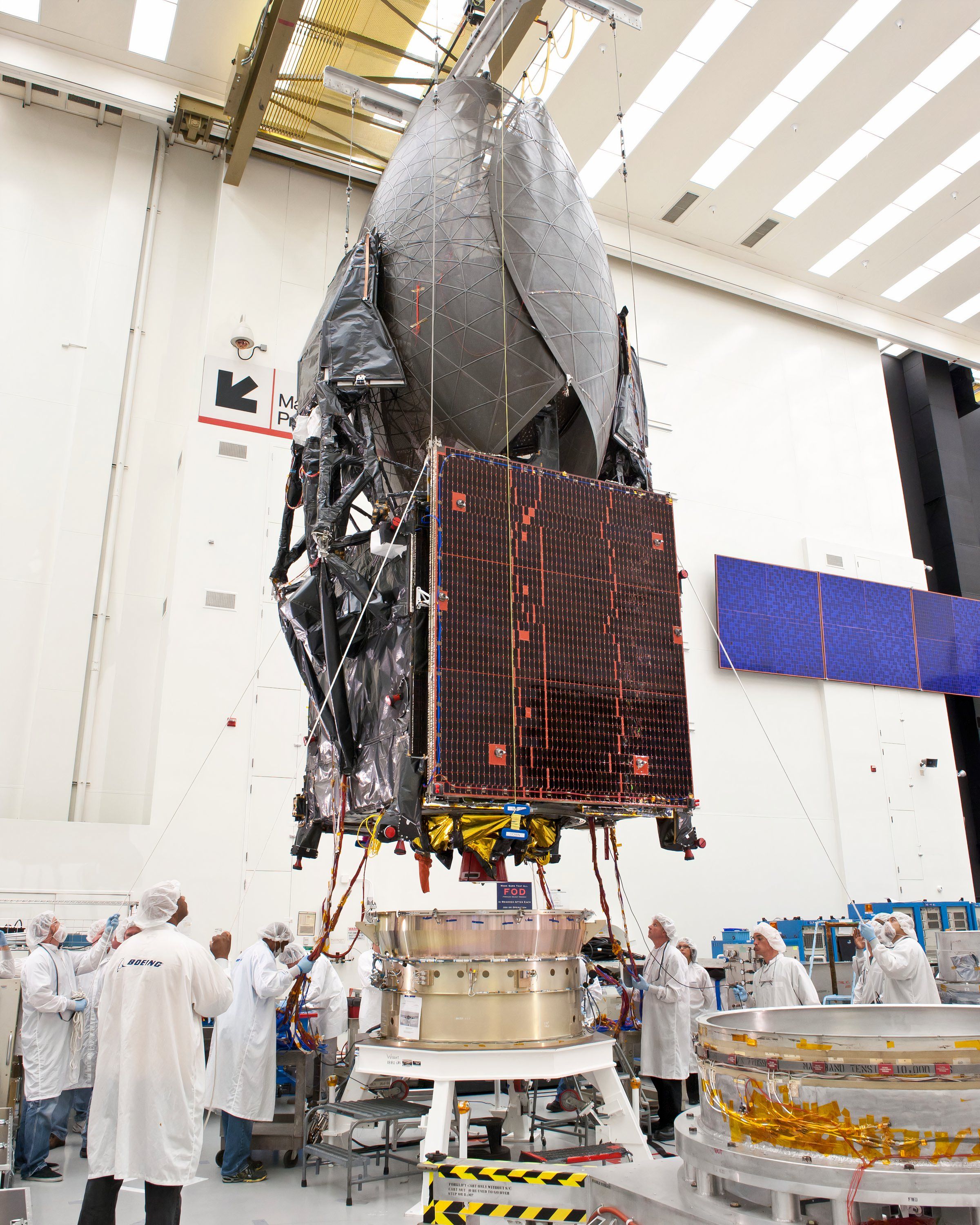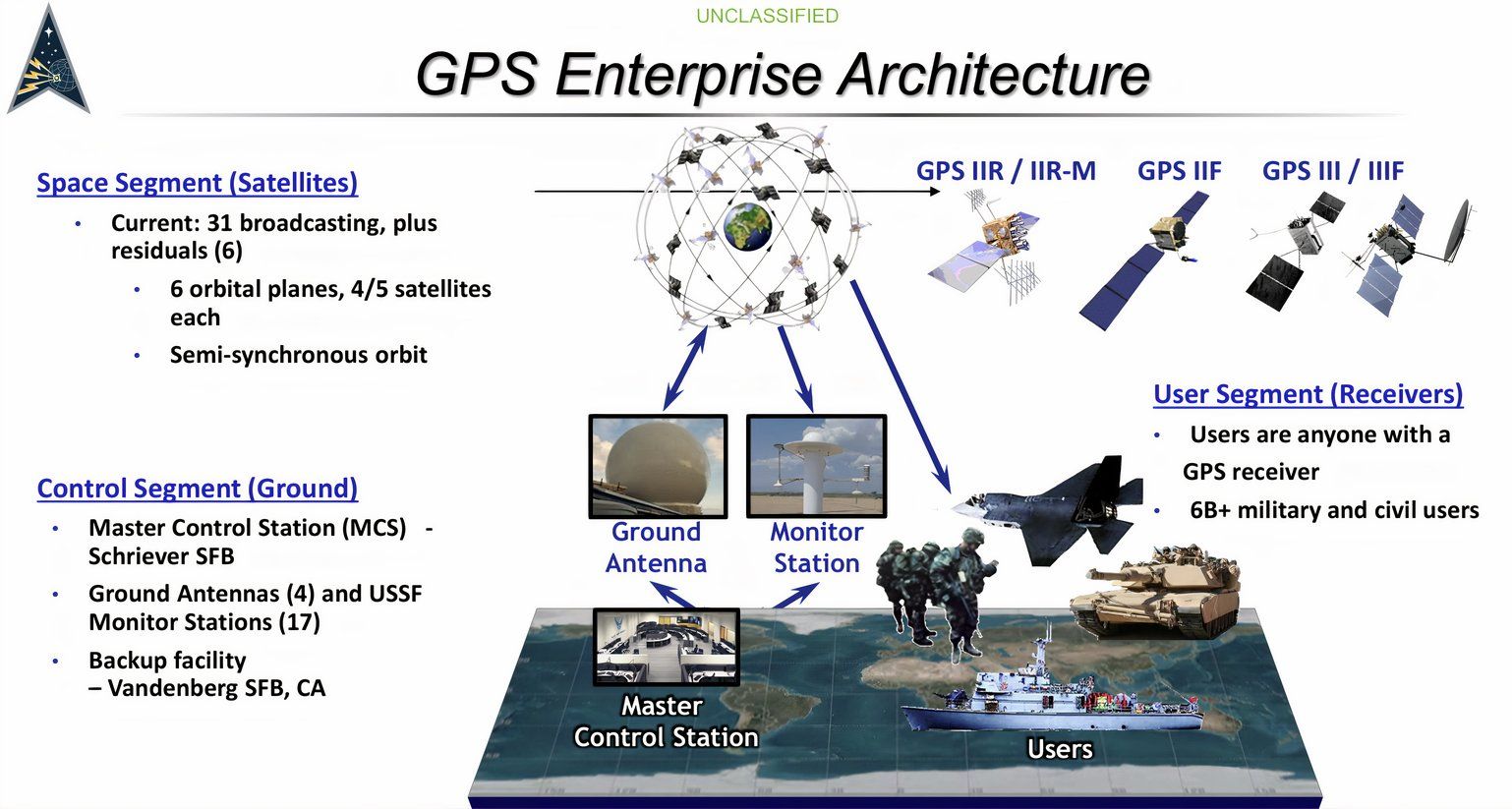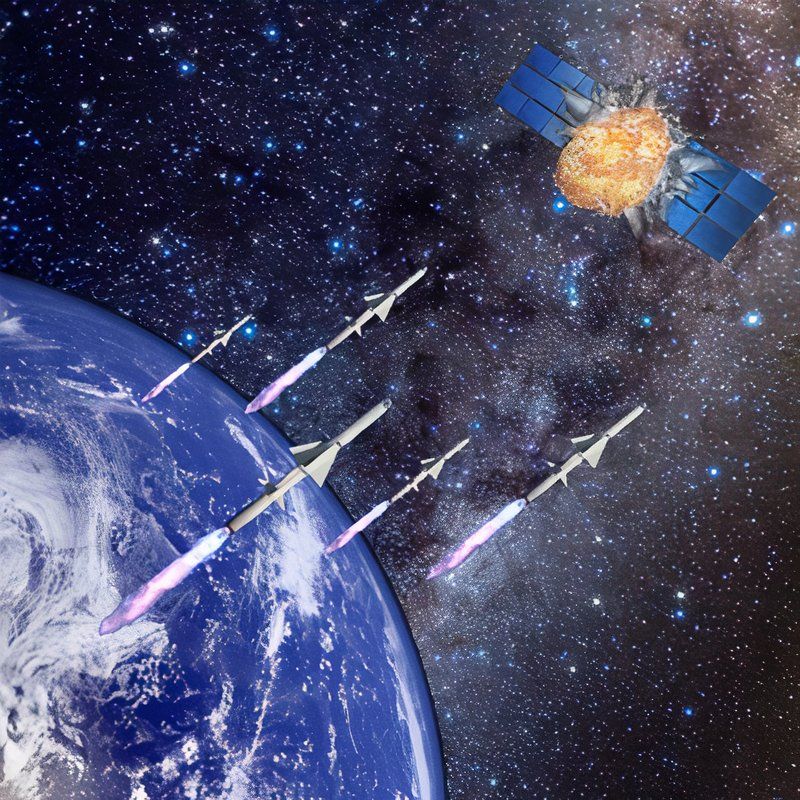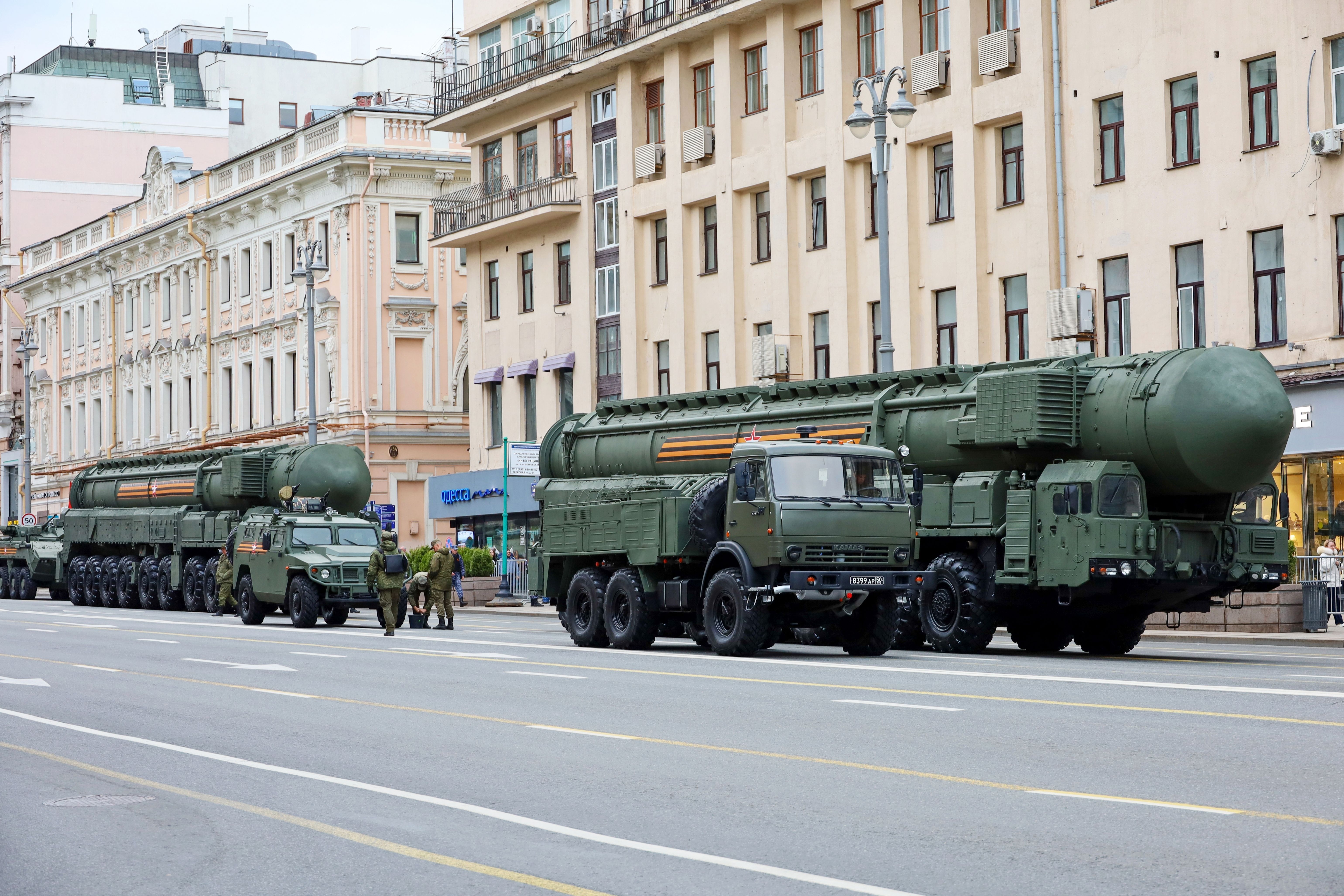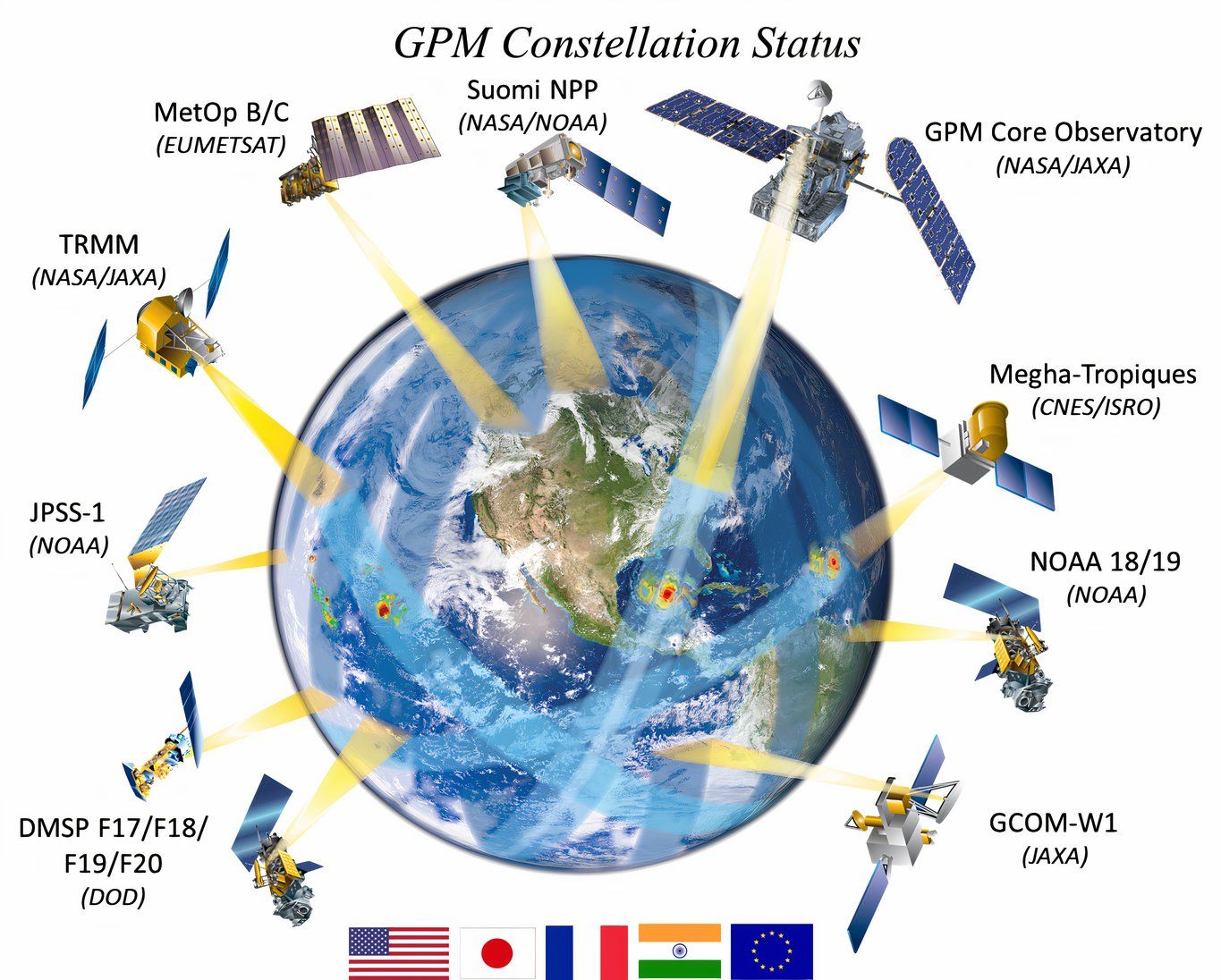The US Space Force has initiated a program to quickly engineer and manufacture numerous GPS satellites to enhance redundancy in the US defense satellite constellation. This is due to the US military’s reliance on satellites and increased competition with China and Russia, in light of their anti-satellite capabilities.
“Resilient GPS” and what it’s all about
The US
Space Force
has selected four companies to develop smaller, cost-effective satellites to augment the current constellation of Global Positioning System (GPS) satellites. This move is designed to create redundancy in America’s GPS satellite system, addressing the current threat landscape.
Photo: Anton Caballero | Shutterstock
What is resilient GPS?
Resilient GPS (R-GPS) is the U.S. Space Force’s strategy and program to augment the existing constellation of GPS satellite infrastructure with lower-cost satellites.
According to National Security Technology Accelerator:
“The ultimate goal of the program is to identify sources for development, integration, and delivery for the launch of a set of rapidly-produced, resilient GPS navigation satellites with an objective to significantly reduce Size, Weight, Power, and Cost (SWaP-C), reduce production time, reduce time to orbit, optimize/maximize satellites per launch, and broaden launch vehicle compatibility.”
Photo: Olivier.laurent.photos | Shutterstock
To bring this resilience to America’s constellation of
GPS
satellites, the US Space Force’s Space Systems Command selected four traditional and non-traditional defense-space companies to produce design concepts for Lite Evolving Augmented Proliferation.
The companies selected:
- Astranis: a San Francisco-based startup that designs and manufactures small, low-cost geostationary satellites.
- Axient: provides systems engineering and integration, mission assurance product engineering, infrastructure development and mission operations, multi-domain test and analysis, logistics engineering and supply chain analytics and cyber systems development.
- L3Harris: a primary defense contractor that supplies IT services. It manufactures command and control systems and products, as well as avionics and both terrestrial and spaceborne antennas for use in the government and commercial sectors.
- Sierra Space: a manufacturer of spaceflight hardware and is currently developing the “Dream Chaser” spaceplane. NASA selected the spaceplane to provide services to the International Space Station, falling under NASA’s Commercial Resupply Service 2 contract.
The Quick Start initiative
The new “Quick Start” authority is under Section 229 of the most recent National Defense Authorization Act. It provides the Defense Department with innovative and proactive authority to respond quickly and effectively to emerging threats or technologies.
As stated by the U.S. Space Force:
“Utilizing Quick Start, the R-GPS team successfully earned Deputy Secretary of Defense approval, conducted market research, hosted an industry day, released a solicitation, and awarded initial contracts in under six months, far faster than traditional space programs that sometimes require up to three years.”
“Thanks to the Quick-Start authority that was approved by Congress, we were able to field and award contracts for these low-cost satellites in less than six months,” said Secretary of the Air Force Frank Kendall. “This authority allows us to move faster and start new Space Force and Air Force programs, and we appreciate Congress providing us this authority.”
How does the US military utilize satellites?
Broadly speaking, satellites designed for military applications can fall into four primary categories:
- Remote sensing satellites,
- Global Positioning System (GPS) satellites
- Communications and relay satellites
- Ballistic missile early warning satellites
Remote sensing satellites provide tracking and monitoring data on the movement of enemy combatants as well as the installations that they use for their operations.
GPS satellites enable critical positioning, navigation, and timing data, which improve the effectiveness of globally deployed forces and guided munitions.
Photo: USAF
Communication and relay satellites securely transmit data to military forces, with special emphasis on units deployed to remote regions that are inaccessible by traditional terrestrial communications.
Ballistic missile early warning satellites provide the initial alarm for detecting and monitoring ballistic missile launches. They are a crucial aspect of US missile defense architecture.
If this advantage can be taken away or degraded, the US military’s ability to operate effectively could possibly be greatly diminished, with catastrophic consequences.
What prompted the US Space Force to increase resilience in the defense satellite network?
It is well known that the US military relies heavily on satellites for conducting military operations. Satellites grant the user great advantages regarding the collection and transmission of information on enemy forces. If this advantage can be taken away or degraded, the US military’s ability to operate effectively could possibly be greatly diminished, with catastrophic consequences.
Dr. Rajagopalan of the China Aerospace Studies Institute, under the auspices of the US Air Force Air College provides a general assessment of the US defense establishment today:
“China for instance has recognized that this heavy US reliance on space can be an Achilles heel for the US. From all of the American operations in the Persian Gulf, Kosovo and Afghanistan, China has come to the firm conclusion that US “is inordinately dependent on its complex but exposed network of sophisticated command, control, communications and computer-based intelligence, surveillance and reconnaissance systems operating synergistically in and through space.”
Indeed, China and Russia view this dependence as a weakness that can be attacked, degraded or possibly destroyed in a time of conflict. And why not? Such an assessment is only prudent for competitors with an eye for global influence.
Systems that China and Russia have developed to counter US space assets
Chinese ASAT capabilities
According to the Congressional Research Service:
“On January 11, 2007, at 5:28 pm EST, the PRC conducted its first successful direct-ascent anti-satellite (ASAT) weapons test, launching a ballistic missile armed with a kinetic kill vehicle (not an exploding conventional or nuclear warhead) to destroy the PRC’s Fengyun-1C weather satellite at about 530 miles up in low earth orbit (LEO) in space. The PLA conducted the test near China’s Xichang Space Center in Sichuan province. The weapon under development was fired from a mobile transporter-erector-launcher (TEL). China reportedly used a two-stage, solid-fuel medium-range ballistic missile that was launched from a TEL.”
Photo: Andrey Khomich | Shutterstock
Photo of a SAM missile vehicle is used for illustrative purposes.
The result was the destruction of the Fengyun-1C and 3,000 trackable pieces of debris scattered in low Earth orbit. Additionally, the Chinese Army routinely trains with an operational variant of the missile used in the successful test mentioned above.
Finally, China has developed, launched, and tested an inspection and repair satellite that is seen as a dual-use system. The aforementioned system is called the Shijian-21, and in January 2022, it successfully towed a defunct Chinese geostationary satellite into a graveyard orbit. It can easily be seen how such a device could be maneuvered into position to damage, destroy, or toss a US satellite out of orbit.
Russian ASAT capabilities
According to the Center for Strategic and International Studies:
“In November 2021, Russia successfully tested a direct-ascent ASAT in LEO. The test partially destroyed a defunct Soviet-era satellite, Cosmos 1408, via a Nudol (PL-19) missile interceptor. Russia has tested the Nudol system almost yearly since 2014, but this was the first intercept on orbit that created space debris.”
This missile test resulted in 1,783 pieces of trackable debris, some of which were at a higher altitude, meaning that they will be in orbit until around 2033. Some of the debris is in the same orbit as the ISS; in 2022, the space station had to move three times to avoid the debris.
Photo: Oleg Elkov | Shutterstock
Photos of ICBM missile vehicles are used for illustrative purposes.
Finally, in September 2018, a modified Russia MiG-31 was photographed carrying an unidentified missile. This was reportedly a “mock-up” of an air-launched ASAT weapon. Reports now suggest that this missile system is the Burevestnik (NATO designation: RS-SSC-X-09 Skyfall). There are few details regarding this missile other than it is claimed to be a nuclear-armed and nuclear-powered cruise missile.
According to the International Institute for Strategic Studies:
“If Burevestnik’s nuclear-propulsion unit can be made to work, it will provide the missile with a very long-endurance power source. While Burevestnik’s range is not ‘almost unlimited’, as Putin has claimed, an intercontinental range will allow it to take circuitous flight paths and avoid some missile defences.”
Photo: Frame Stock Footage | Shutterstock
Given its potential for extended range, such a missile would provide the Russian military with an excellent weapon for attacking the US’ network of defense satellites.
The need for resilience in space
Russia and China know very well that the U.S. military depends on
satellites
for even mundane activities. This dependence creates a potential weakness that, if unresolved, could be exploited and threaten the ability of the US military to operate effectively in a time of conflict. This is particularly true of China, as there are numerous flashpoints in the South China Sea area that could create such a scenario.
With the launch of numerous R-GPS satellites for defense purposes, there is the potential for space-based backup systems if other defense satellites go down. This would allow the US military to continue to operate in lieu of some initial losses.
Photo: NASA
Additionally, there is the potential for inert or dummy satellites to be launched. These would lure enemy ordinance away from the truly sensitive defense satellites.
The target date for the first eight R-GPS satellites is 2028. Will the Space Force be able to get this program up and running in just four years?

